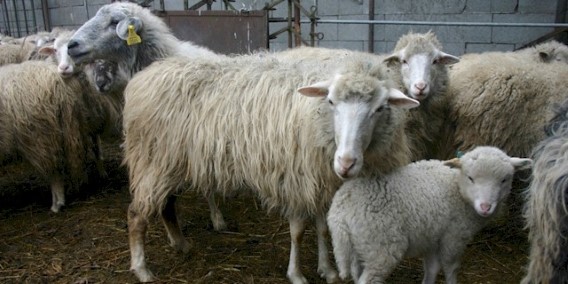Cikta sheep, introduced to Hungary by German settlers during the 18th century, have established themselves as a prominent breed in the region. While they do produce wool, their primary focus is on meat production, aligning them with the preferences of local agricultural practices. Belonging to the Mountain Group of sheep breeds, Cikta sheep exhibit characteristics that make them well-suited for the terrain and climate of Hungary.
These sheep are predominantly white in color, presenting a uniform appearance known as unicolored. Rams of the breed are distinguished by their horns, which are typically small or knob-like, while the ewes are polled, lacking horns altogether. Another notable physical trait of Cikta sheep is their erect ears, contributing to their alert and attentive demeanor.
In terms of size, mature Cikta rams weigh around 37 kg (82 lb), while ewes reach an average weight of 45 kg (99 lb). Their stature at the withers is also indicative of their robust build, with rams standing at approximately 55 cm (22 in) and ewes at 47 cm (19 in). Reproductively, ewes of the breed exhibit good fertility, with an average litter size of 1.1 lambs per birth, contributing to the sustainability of the flock.
The adaptability and hardiness of Cikta sheep make them valuable assets to Hungarian farmers, particularly in mountainous regions where they thrive. Their dual-purpose nature, capable of providing both meat and wool, ensures their relevance in local agricultural systems, supporting the livelihoods of farmers and contributing to the cultural heritage of Hungary.
